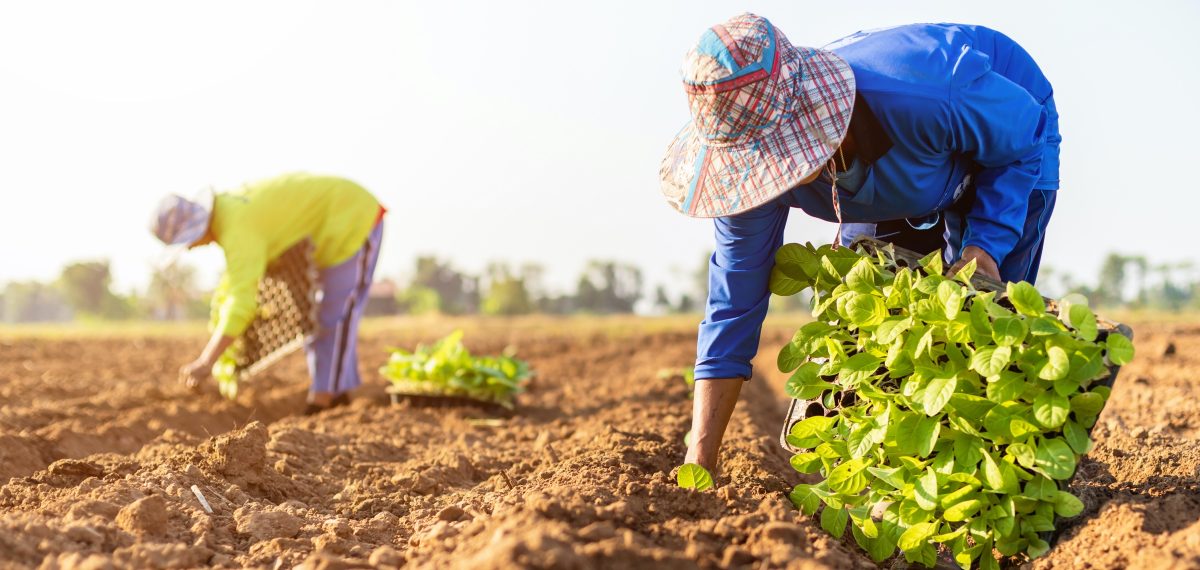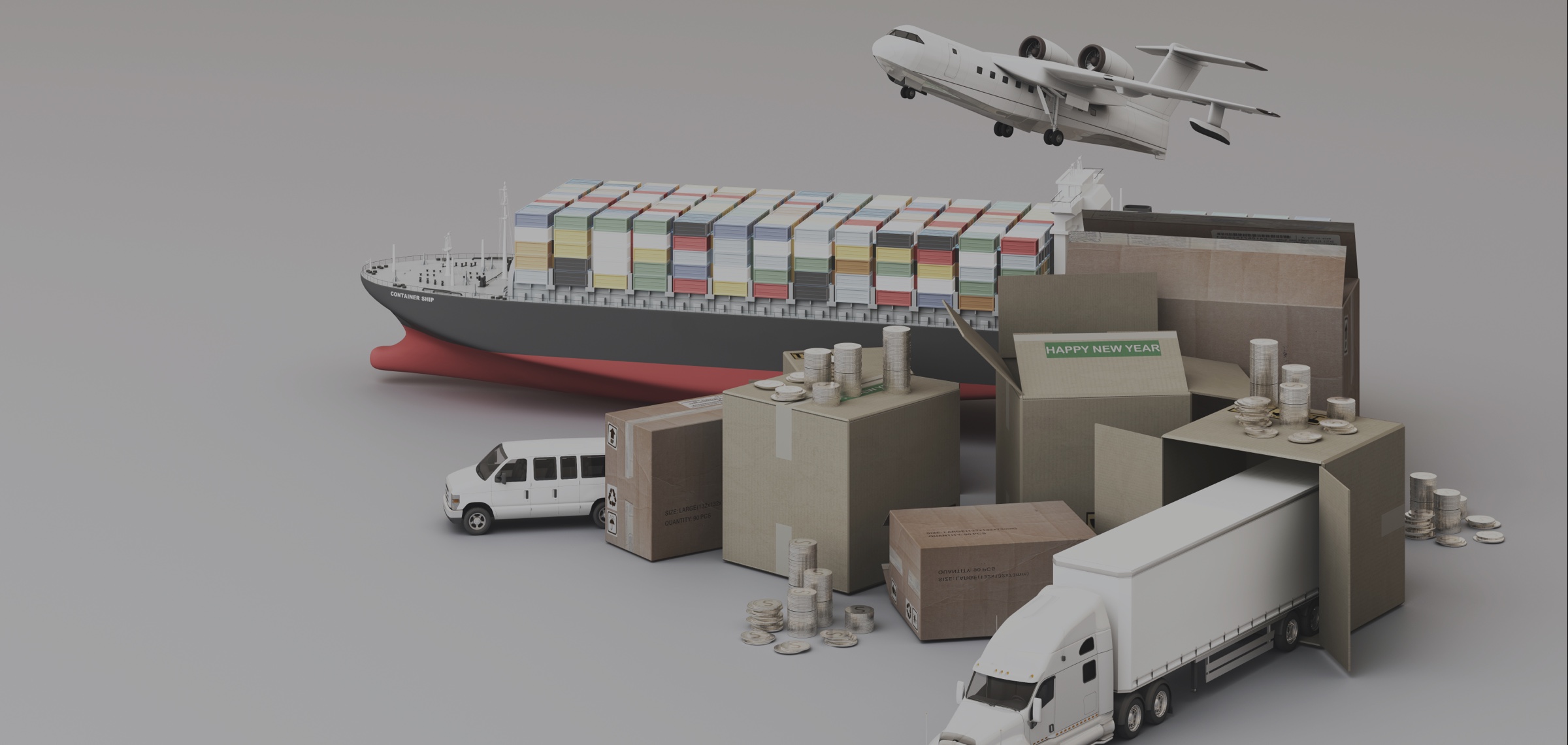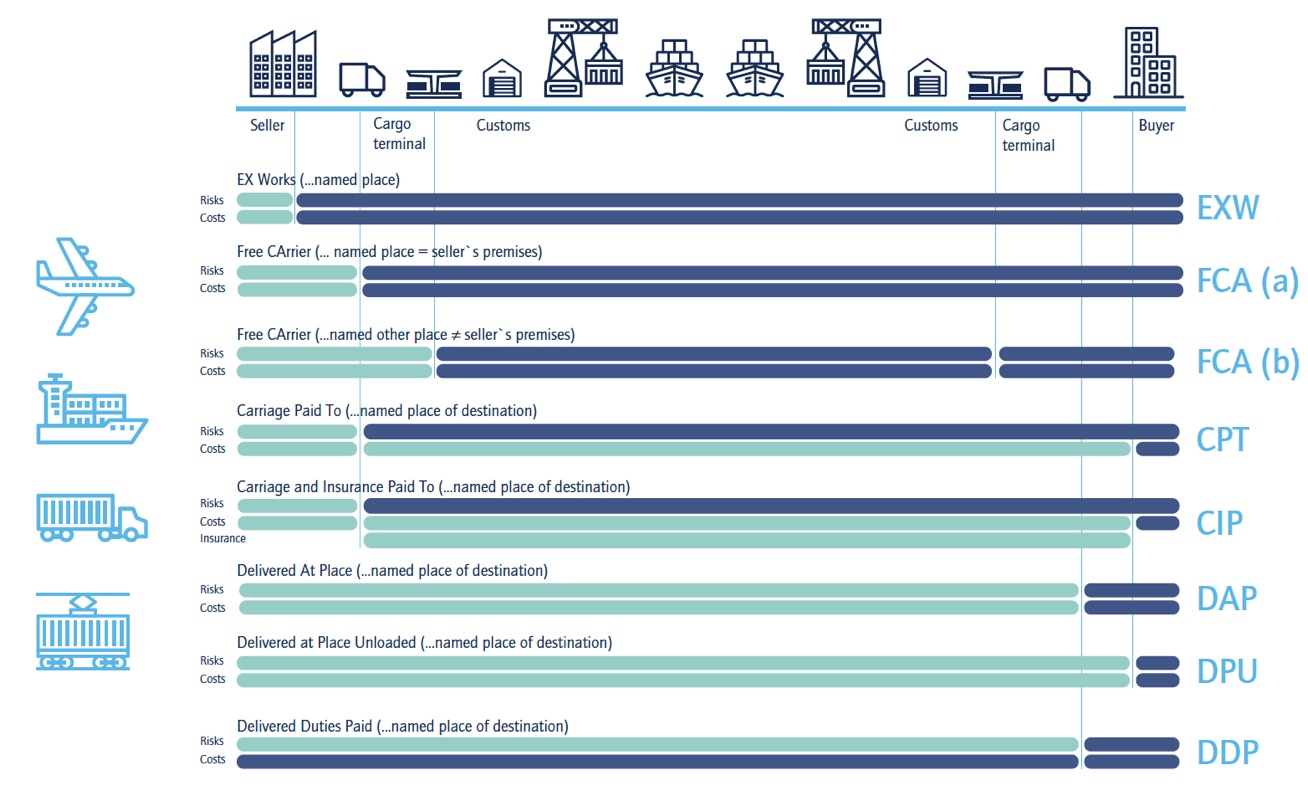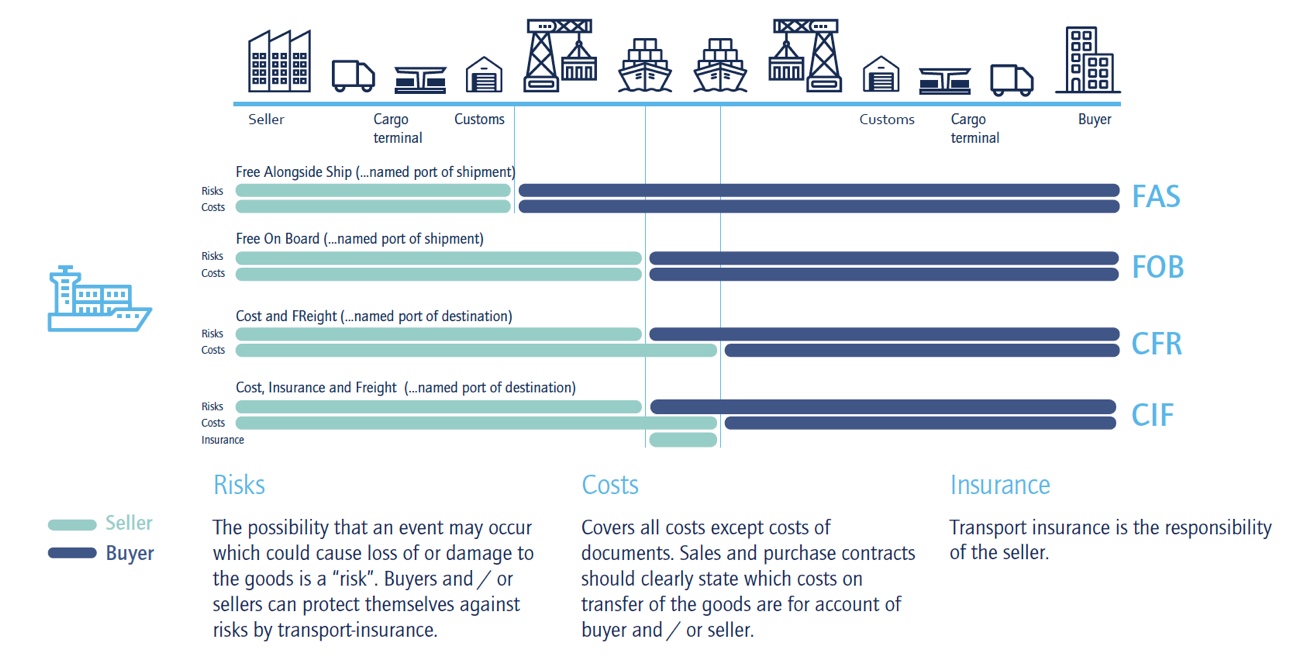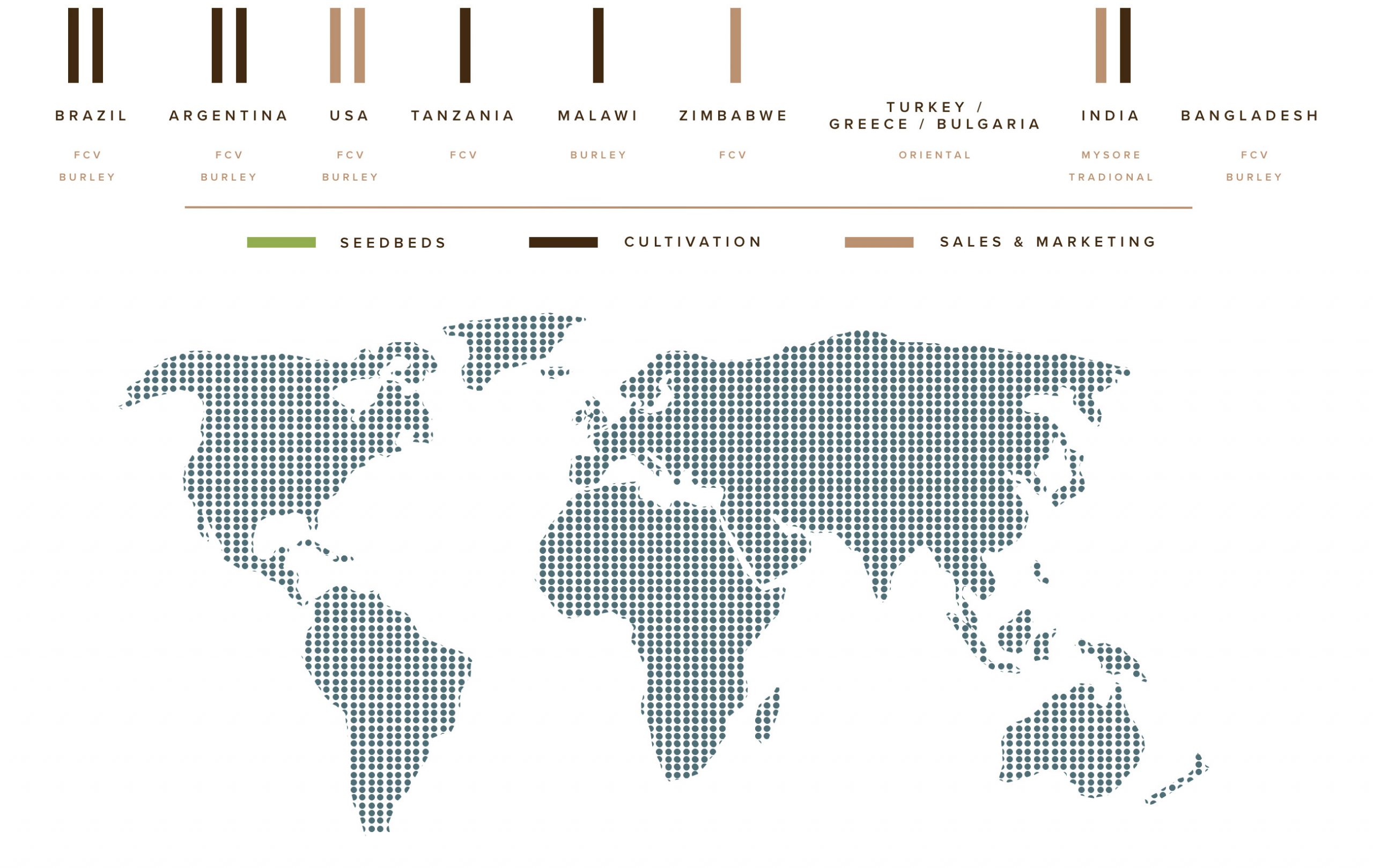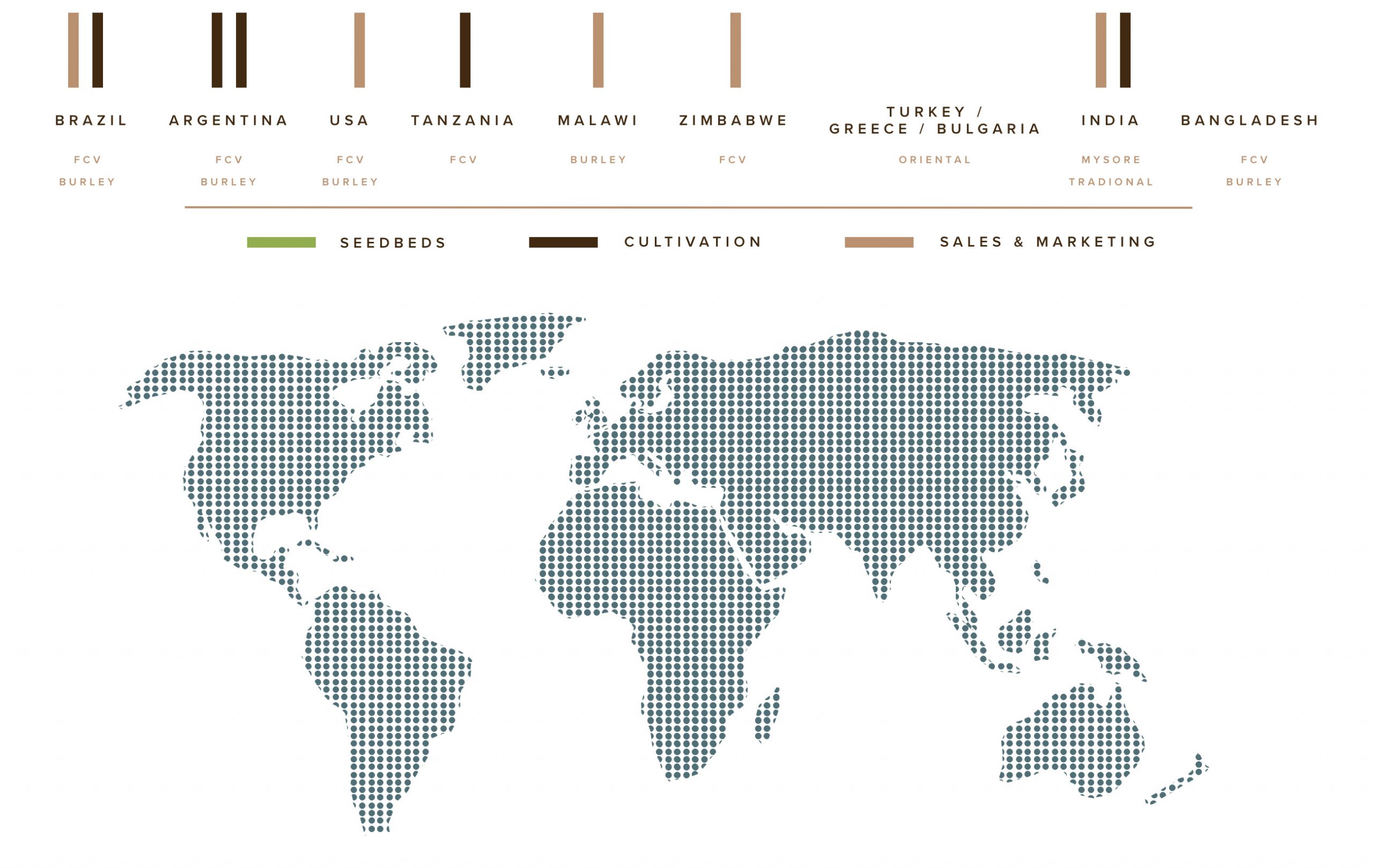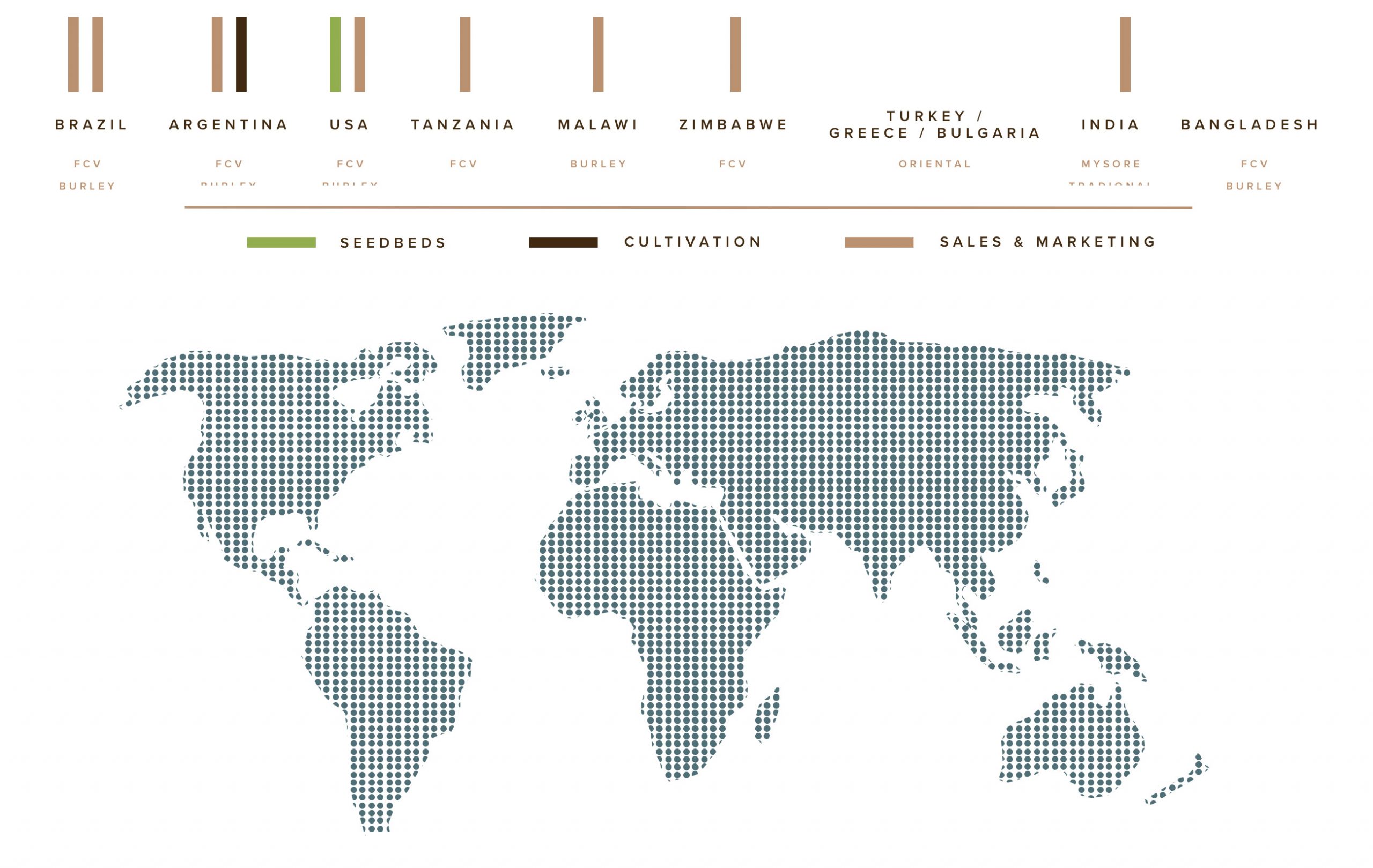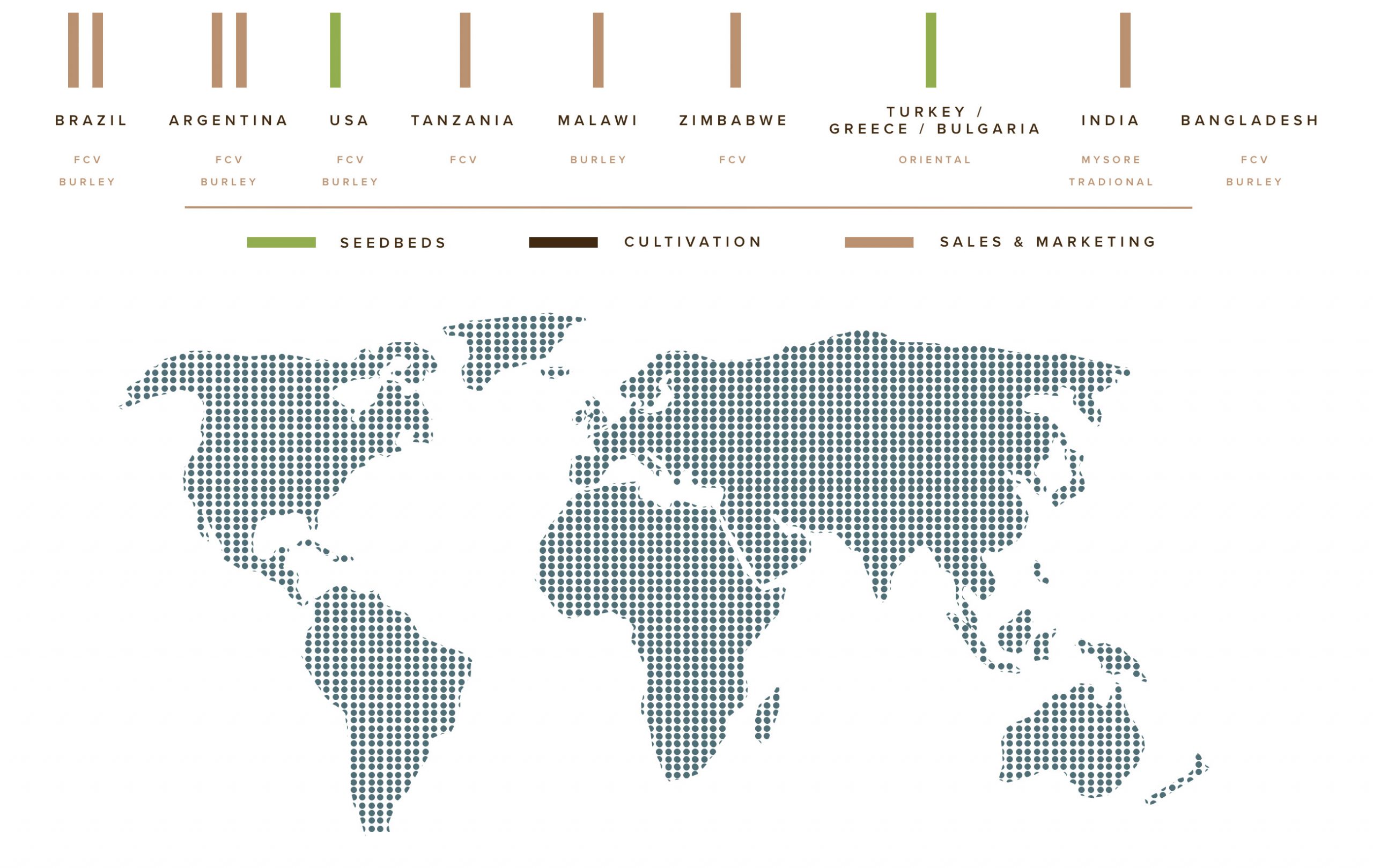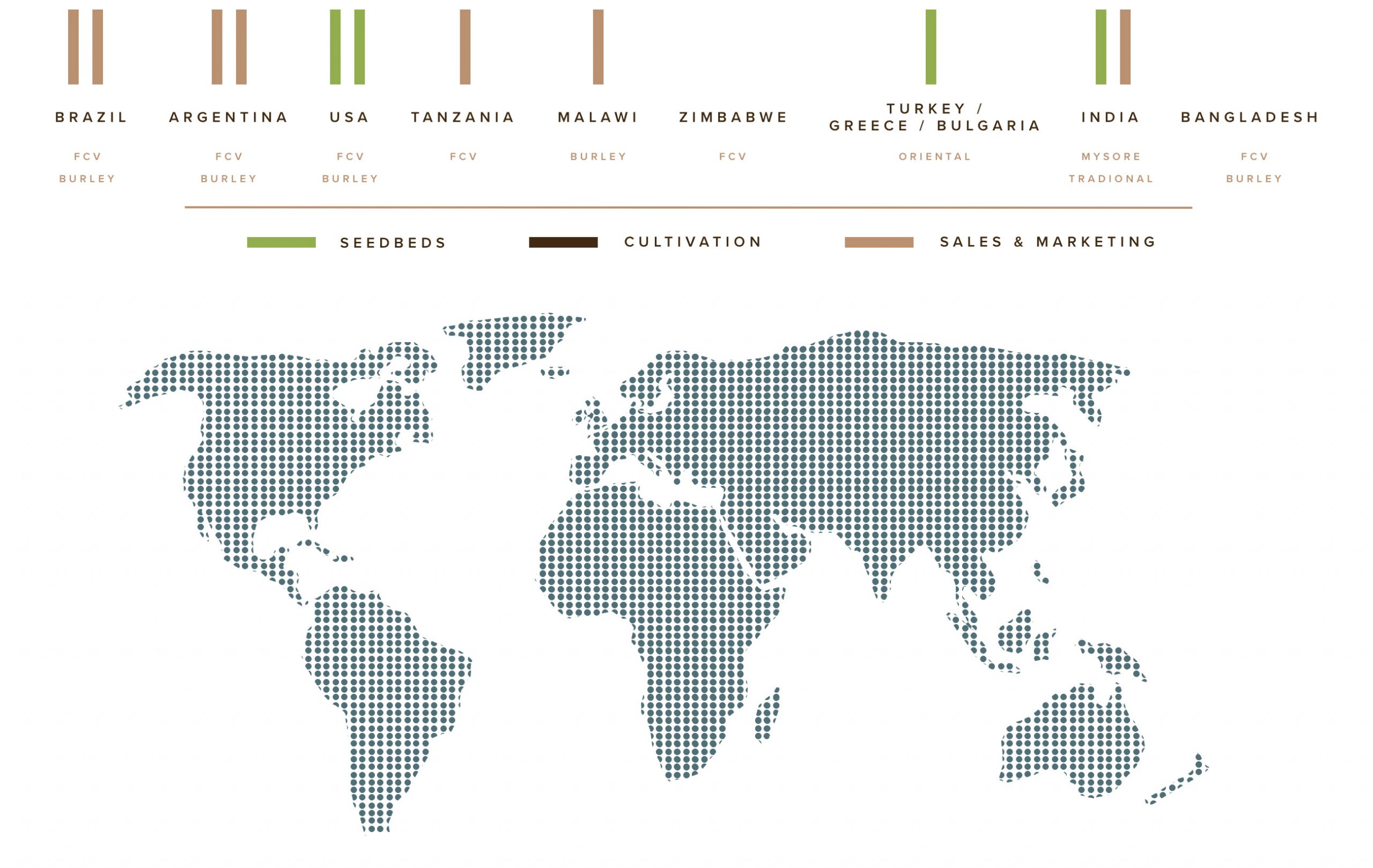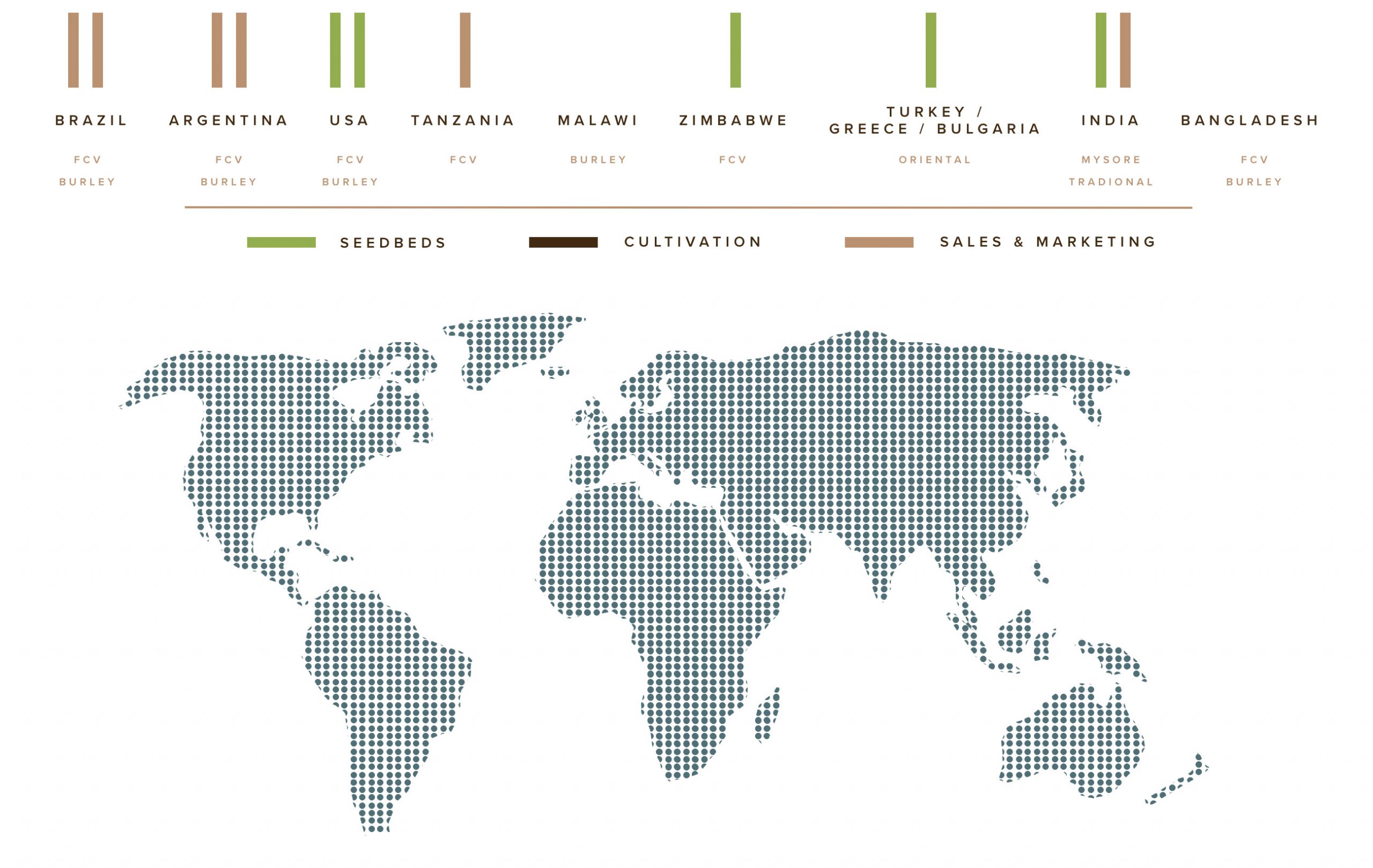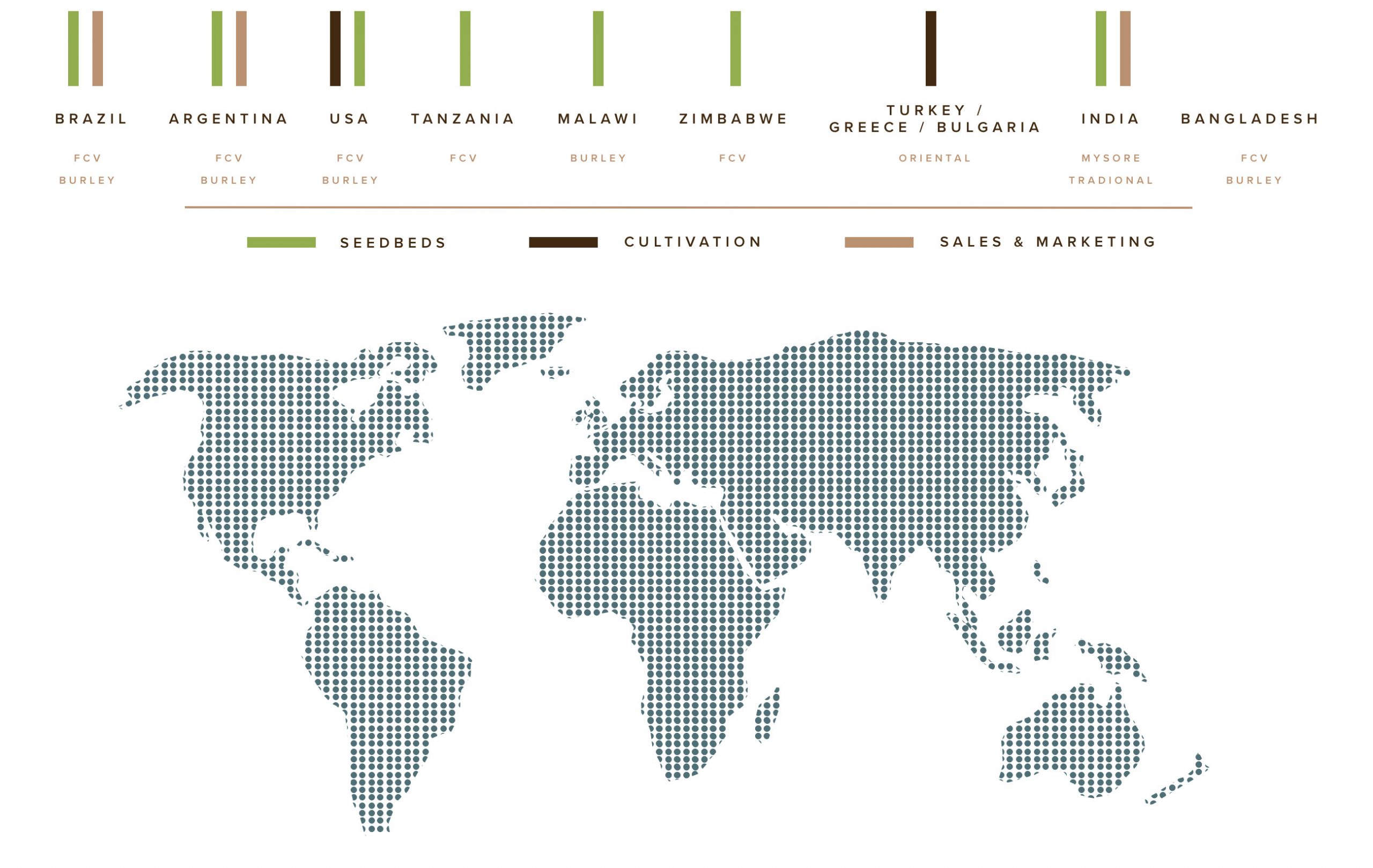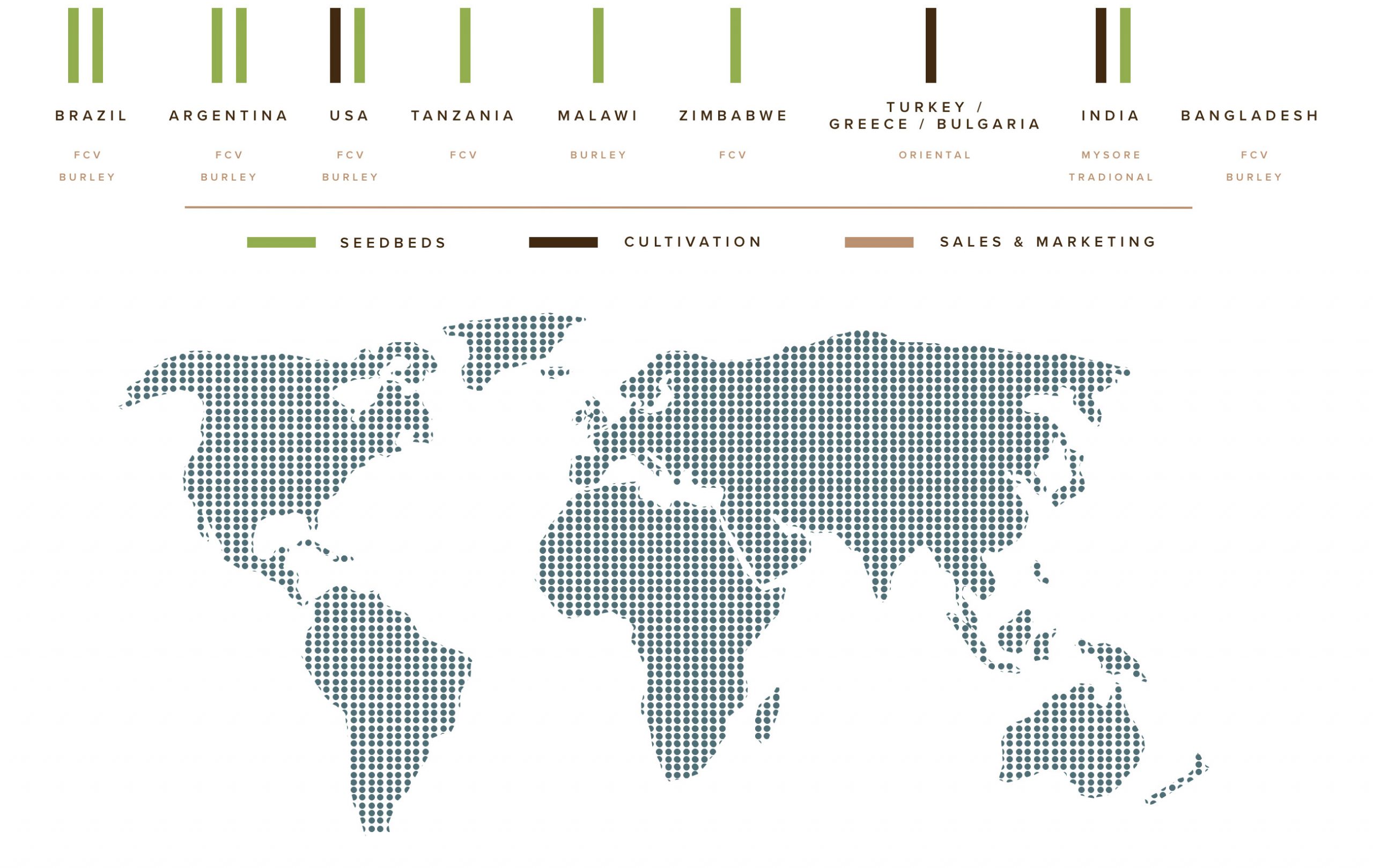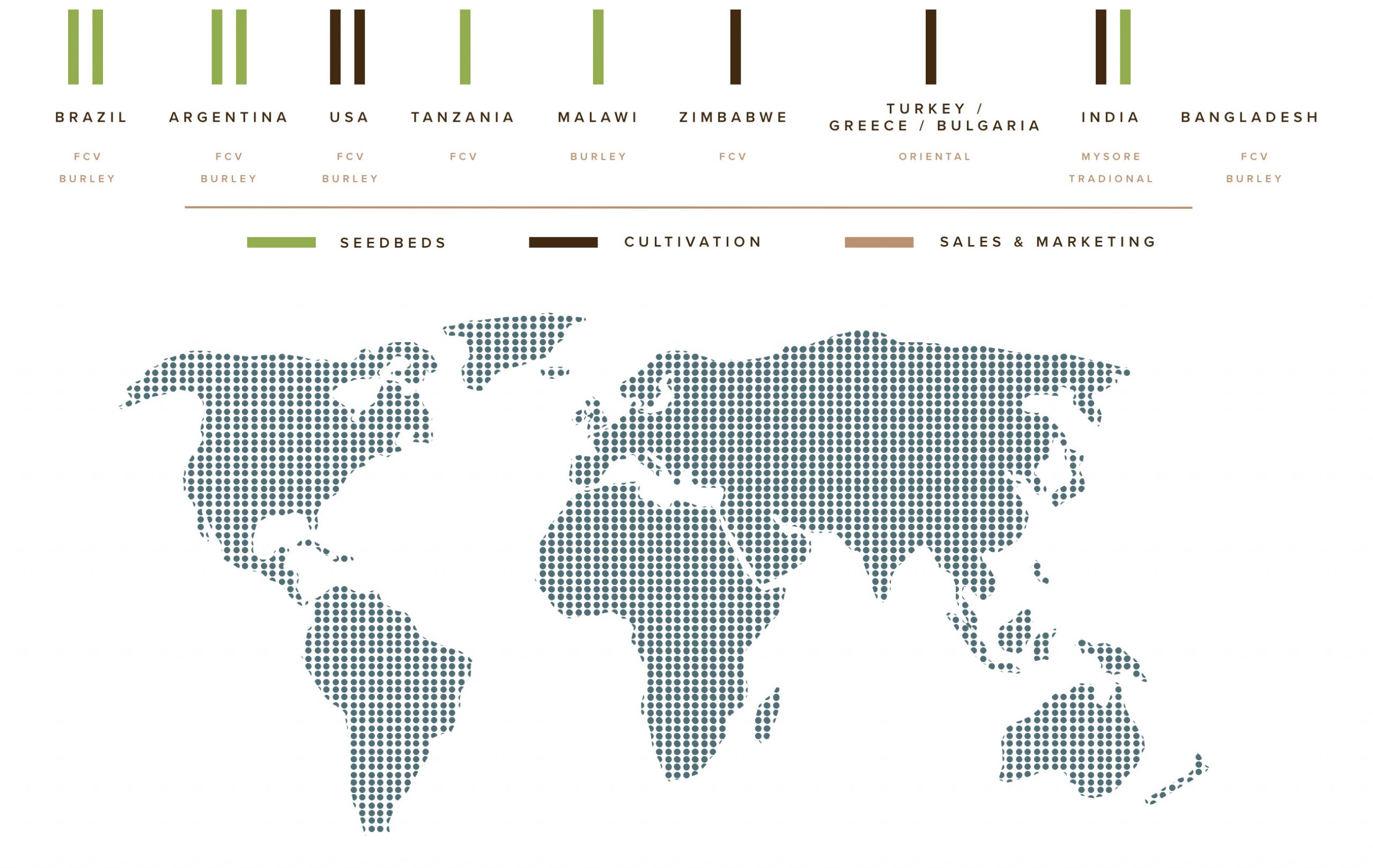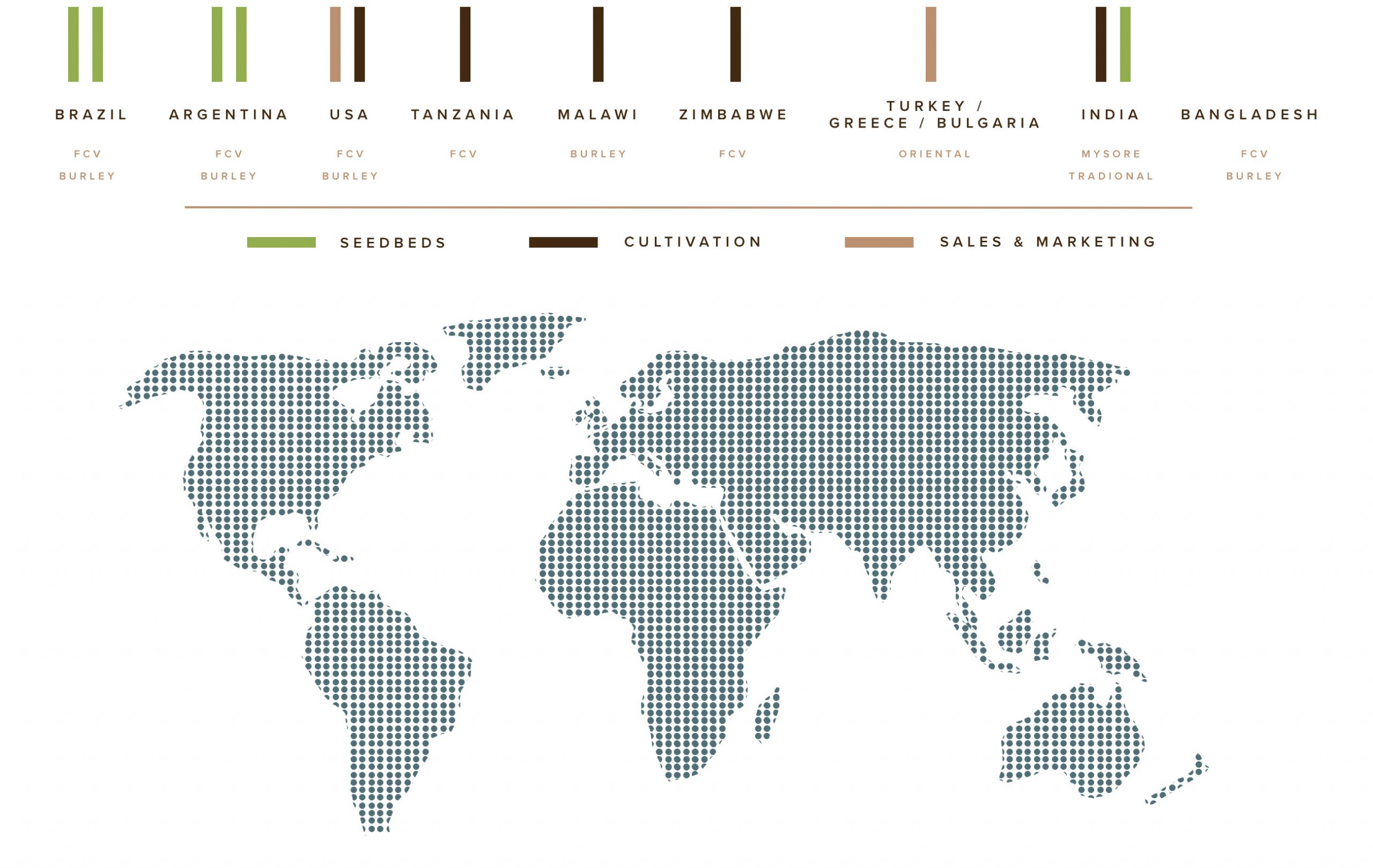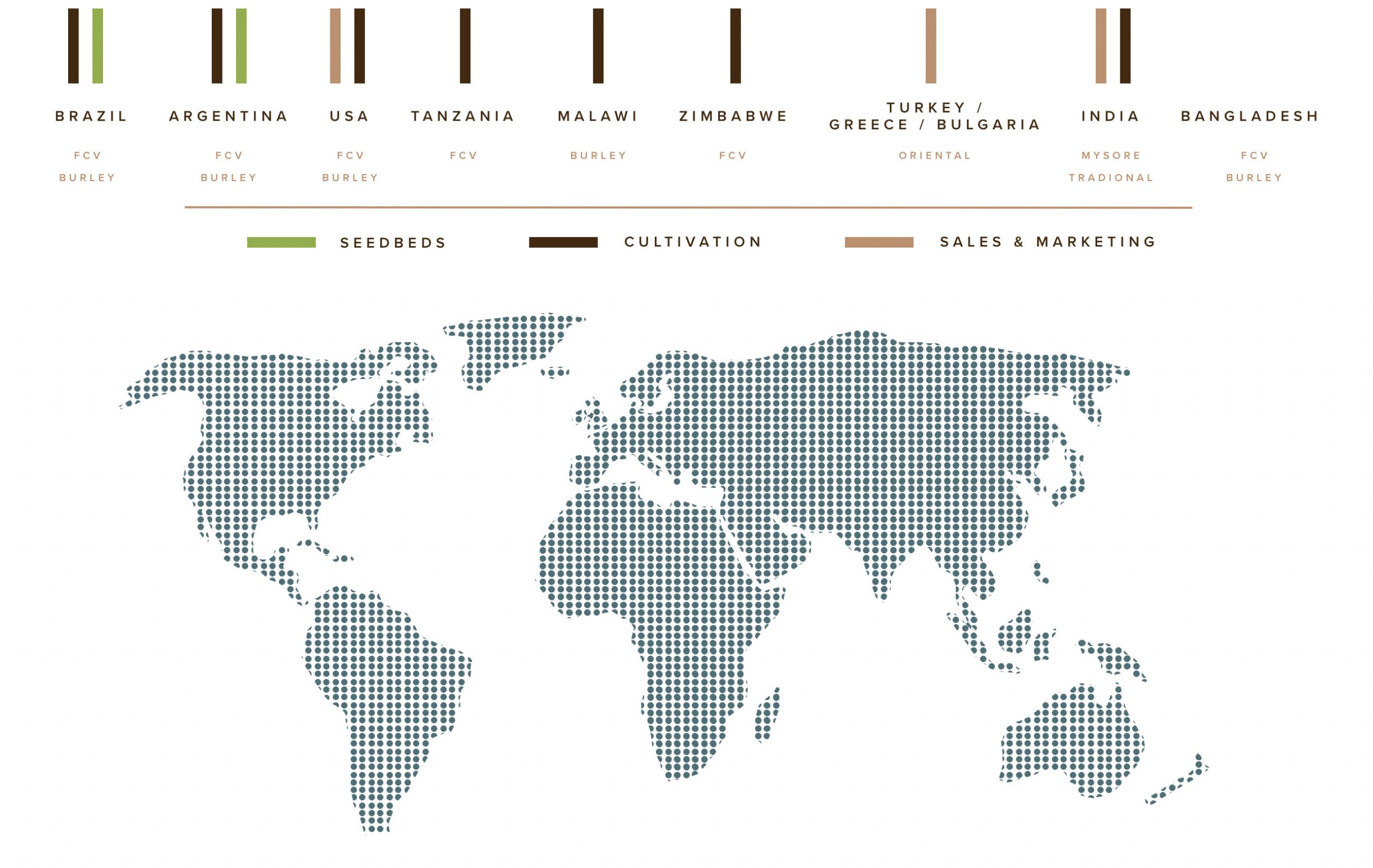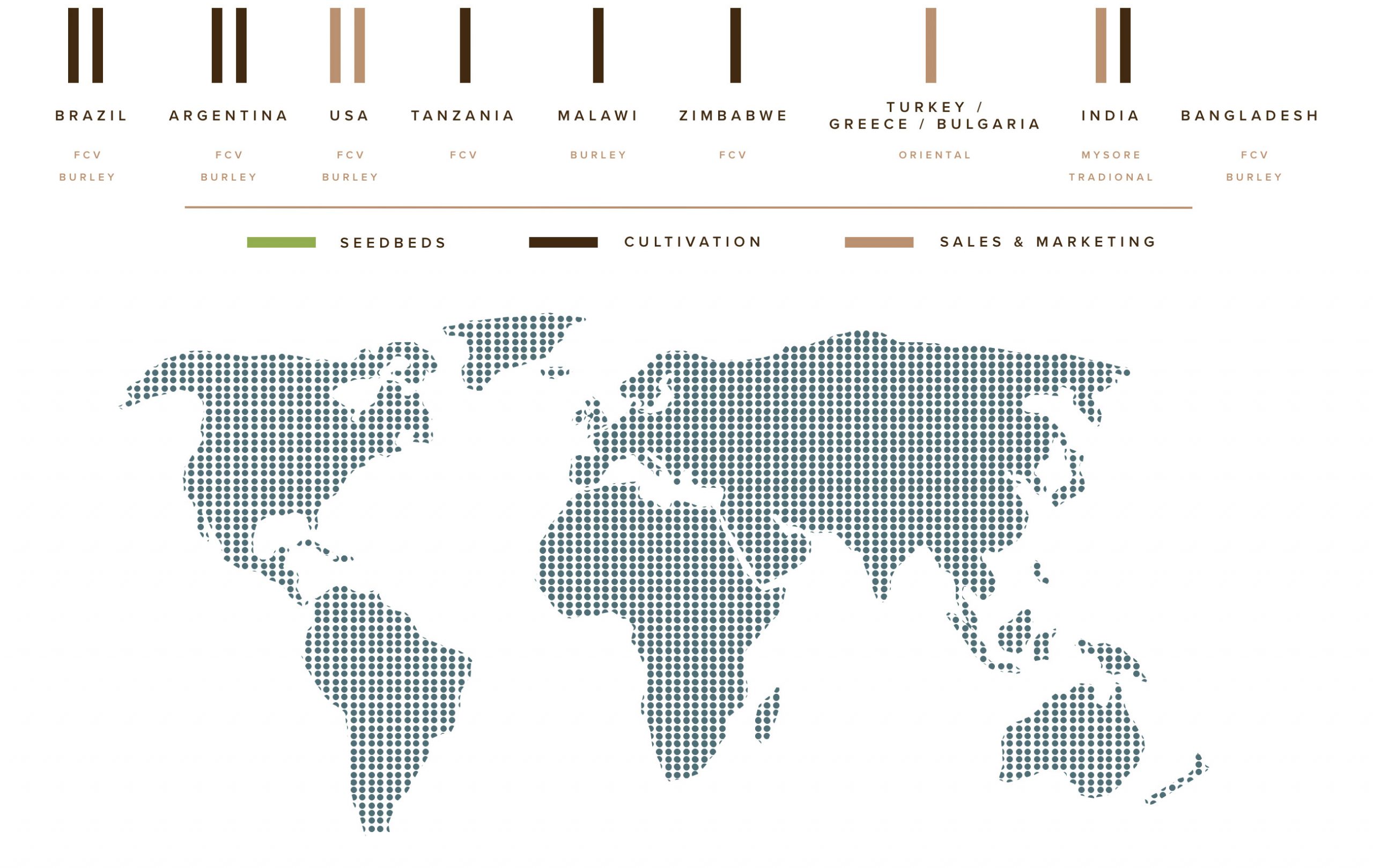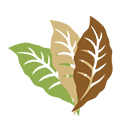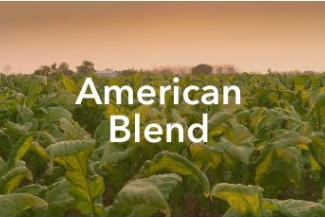2020’s CHALLENGES FOR GLOBAL TOBACCO FARMERS
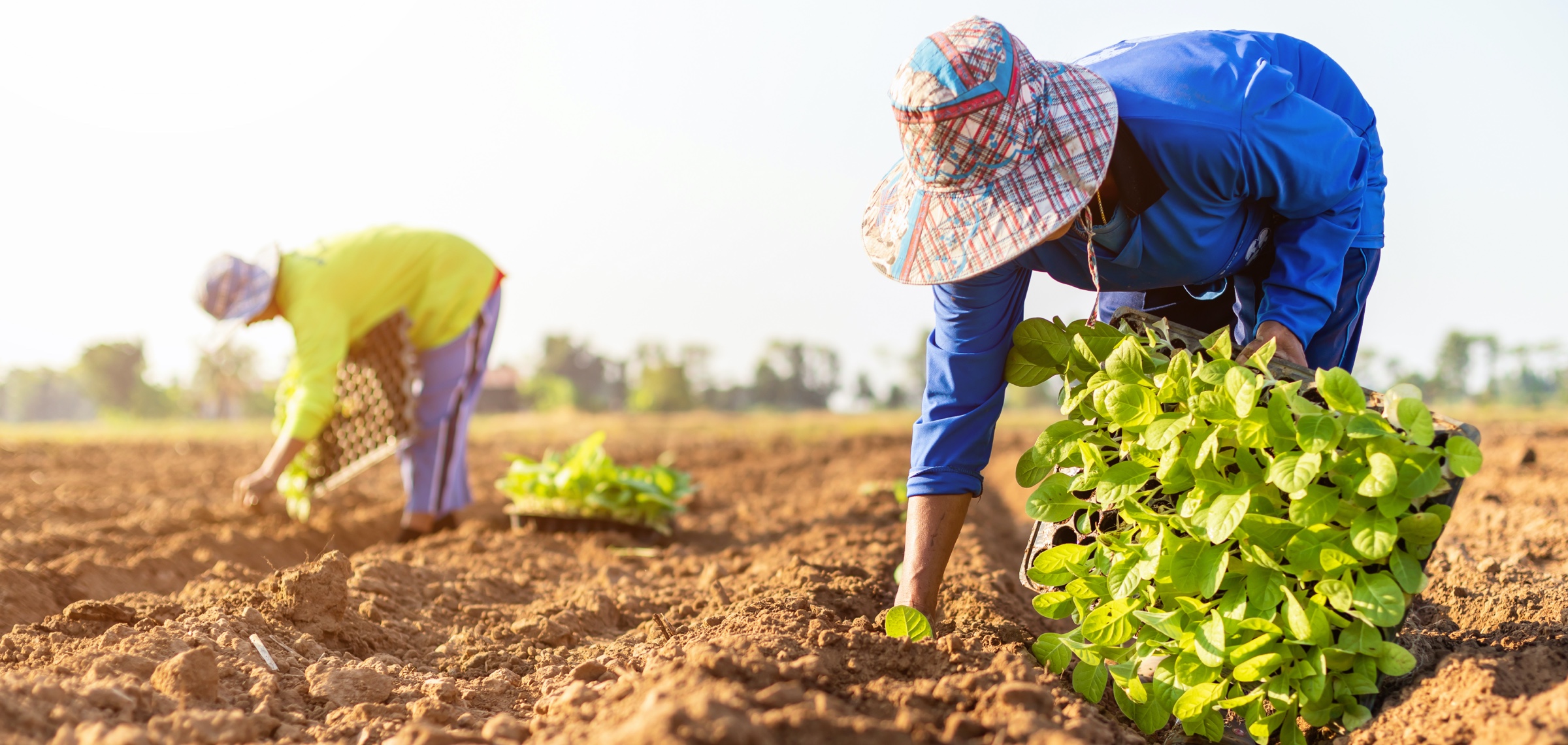
The Covid-19 pandemic has had a negative impact on most economic sectors and the tobacco sector is no exception. Although it is still too early to assess the long-term effects of the novel coronavirus on the industry, some of its short-term effects can already be seen.
One of the main consequences of the lockdown has been the postponement of the marketing season in several countries. In certain cases, restrictions have continued even after the lifting of the lockdown. In the case of Malawi, tobacco growers were forbidden to physically attend auctions and were represented by farmers’ associations. This restriction made growers uncomfortable, especially the smaller growers, and together with the prices offered motivated protests as growers felt they were badly represented when they saw the outcome prices. As a consequence, some small growers even considered abandoning the tobacco-growing business. However, despite this instability, the average price has increased in the 2020 marketing season, from US$1.44 per kg in 2019 to US$1.51 per kg, as of June 26. To date, the crop volume is 64,402 tons, a reduction of 10% when compared with the previous year. This reduction is not only due to the pandemic but also to the heavy rains that continued until March, which in addition caused a loss of quality.
The auctions in Zimbabwe were postponed until the end of April and reopened later with a restricted number of attendants. Small growers were also barred from attending auctions and had to designate a Tobacco Industry and Marketing Board (TIMB) registered grower representative to make the decisions on their behalf. Similarly to Malawi, this marketing season is showing an increased average price in Zimbabwe. Until July 3, the average price was at US$2.36, a 30.39% increase when compared to the same period last year. At the reporting date, total sales showed a 1% decline, which translates into a volume of 110,000 tons sold. This decrease in tobacco sales can also be explained by the introduction of the foreign exchange auction system. Some tobacco growers were holding on to their crops while waiting for better exchange rates.
In India, tobacco growers have been struggling at the auctions as well. The difficulties started with the lockdown but continued after the reopening of the auction systems. Tobacco growers couldn’t sell their tobacco leaf because few traders were buying the stock. For this reason, the government of Andhra Pradesh decided to intervene in the market by establishing minimum prices and purchasing tobacco bales to ensure better prices for the tobacco leaf. After the government’s decision, buyers increased their bid price by 15%. The state also reduced the penalties for excess sales of tobacco leaf.
Karnataka sold 6,000 tons above the officially approved level of 100,000 tons for the year, so tobacco growers are expecting the state government to have an approach similar Andhra Pradesh’s. Currently, Andhra Pradesh has already sold 47,306 tons of leaf at an average price of US$1.91, while Karnataka sold 106,208 tons at an average price of US$1.65.
In South America, the marketing season is almost over. In Brazil, 76% of the tobacco crop had been sold and the season will be extended until mid-August, according to Afubra. Due to the restrictions caused by the pandemic, this auction season was conducted via videoconferences, while growers send tobacco leaf samples to its buyers to confirm the product agreement with the standards. In addition to the pandemic crisis, southern Brazil also faced a prolonged drought at the beginning of the year, causing losses in the quality of the leaves. Overall, until May 9 average prices, when compared to last season’s, showed a slight increase: 3,4% for Virginia tobacco, 1.6% for Burley, and 1.8% for Galpão (dark air-cured).
While the rest of the world starts to go back to a new normal, Argentina is back to phase one of the lockdown. This has an increasing impact on the tobacco sector’s economic crisis. In fact, the sector, which is in the last days of its marketing season and starting the planting phase, has been dealing with delays in payments, lack of resources, and preventive closure of cooperatives and industries.
Consequently, small growers that are now starting the planting phase are worrying about whether they will be able to do it or not.
North America is at the planting phase along with Argentina. Several states had already completed the transplanting at the beginning of July. In Kentucky and Tennessee, the transplanting of dark tobacco was delayed largely due to rainfalls, which can pose a problem for those growers that have adopted the double cropping system. Also, at some locations in Virginia, the fieldwork was delayed for two weeks due to the rainfalls that flooded the fields, though transplanting is already completed.
In North Carolina, growers had to face adverse conditions as they went from wet and cool weather to hot and dry weather very quickly, which caused complications during the planting phase. The lack of rainfall has allowed fieldwork to be done easily, but crops are behind their normal development at this point. In South Carolina, weather conditions were the opposite, and crops benefitted from the frequent rainfalls.
Georgia and Florida have already begun harvesting and the quality of the leaves is looking good even though they appear to be lighter than in previous years. It is estimated that around 3,237 ha of flue-cured have been planted in Georgia and about 404 ha in Florida.
Overall, according to the US Department of Agriculture (USDA), it is estimated that in 2020 the planting area decreased by 2% when compared to 2019, translating into a decrease in all types of tobaccos, except for the Pennsylvania Seedleaf.
In terms of Oriental tobacco, the major producing countries will have crop reductions. Turkey expects a cut its crop size by 12%, North Macedonia expects a decrease of 10% , and Greece is estimating a reduction of 15% when compared with the previous year. Bulgaria is the only country that will maintain a crop size of 5,200 tons, unchanged from last year.
International Tobacco Growers’ Association (ITGA)

